Innocent aid worker, not Daesh bomber, targeted in deadly US drone strike: NYT probe
A drone strike that US military officials said killed a Daesh bomber in Kabul late last month appears to have targeted the wrong man, killing an innocent Afghan aid worker along with members of his family, according to newly published testimony and footage.
A New York Times report has raised doubts about the US version of events surrounding the August 29 drone strike that US officials said targeted a vehicle that evidence showed was carrying a bomb, posing an imminent threat to American troops at the Kabul airport.
The Times investigation of video evidence, along with interviews with more than a dozen of the driver’s co-workers and family members in Kabul, has revealed that the driver, identified in the report as Zemari Ahmadi, was a longtime worker for Nutrition and Education International, a California-based aid group.
An analysis of video feeds suggested that prior to the strike Ahmadi and a colleague appeared to be loading canisters of water into the vehicle, what US military officials believed at the time could be explosives intended to be carried to the Kabul airport.
Military officials said they did not know the identity of the driver, but deemed him suspicious because of how they interpreted his activities that day, saying that he possibly visited a Daesh safe house in addition to loading what they thought were explosives into the trunk of his car.
The evidence, however, suggests that Ahmadi’s travels prior to the strike actually involved transporting colleagues to and from work.
The morning of the strike, Ahmadi’s boss called from the office at around 8:45 a.m. and asked him to pick up his laptop.
“I asked him if he was still at home, and he said yes,” the country director told the Times in an interview at the NEI’s Kabul office. Like the rest of Ahmadi’s colleagues, he requested anonymity because of his association with an American company in Afghanistan.
Relatives also confirmed that Ahmadi left for work around 9 a.m. that day in a company-registered white 1996 Corolla, departing from his house a few kilometers west of the airport.
US officials told The Times that it was around this time that a white sedan first came under surveillance after it was spotted leaving a building that they suspected was a Daesh safe house.
Ahmadi’s boss and members of his family told the daily they had been living there for 40 years. “We have nothing to do with terrorism or ISIS,” said the director.
Security footage showed that Ahmadi and his colleagues were carrying laptop computers in the car that day. Fire-damaged containers consistent with the water canisters were also photographed by the Times.
The Times reporting also challenged the Pentagon’s claim that secondary explosions proved the existence of explosive materials in the car, which were ignited as the Hellfire missile fired from the MQ-9 Reaper drone made impact.
However, three weapons experts told the daily that there was no evidence of a secondary explosion because there were no blown-out walls or destroyed vegetation near the targeted vehicle. A small crater carved out under the car was consistent with a Hellfire missile, they said.
Ahmadi and nine members of his family, including seven children, were killed in the drone strike, which happened one day before the last evacuation flights departed from the Kabul airport, his brother Romal Ahmadi told the Times.
The US military has so far acknowledged only three civilian casualties.
The Pentagon initially presented the drone strike as a successful mission to prevent another bombing of the Kabul airport, after a suspected Daesh suicide attack had killed 13 US service members and at least 169 Afghans three days before.
“The procedures were correctly followed and it was a righteous strike” Gen. Mark Milley, chairman of the Joint Chiefs of Staff, said afterward.
One day after the Aug. 26 airport attack, the US military said it killed two suspected Daesh planners in eastern Afghanistan via drone strike — though the White House has refused to reveal their identities.
Two days later, Ahmadi and his family members were killed in Kabul.
VIDEO | Tunisian parties denounce Trump’s foreign policy as violation of intl. law
Trump’s immigration crackdown turns deadly; president says killer acted in ‘self-defense’
VIDEO | Trump renews highly aggressive rhetoric towards Iran
VIDEO | Transatlantic tensions: Greenland
VIDEO | Yemen’s Saudi-backed government expands control amid coalition strikes on separatists
Iran expects slight increase in domestic wheat purchases
France and allies weigh response to possible US invasion of Greenland
Israel approves over 3,400 settler units in occupied East al-Quds


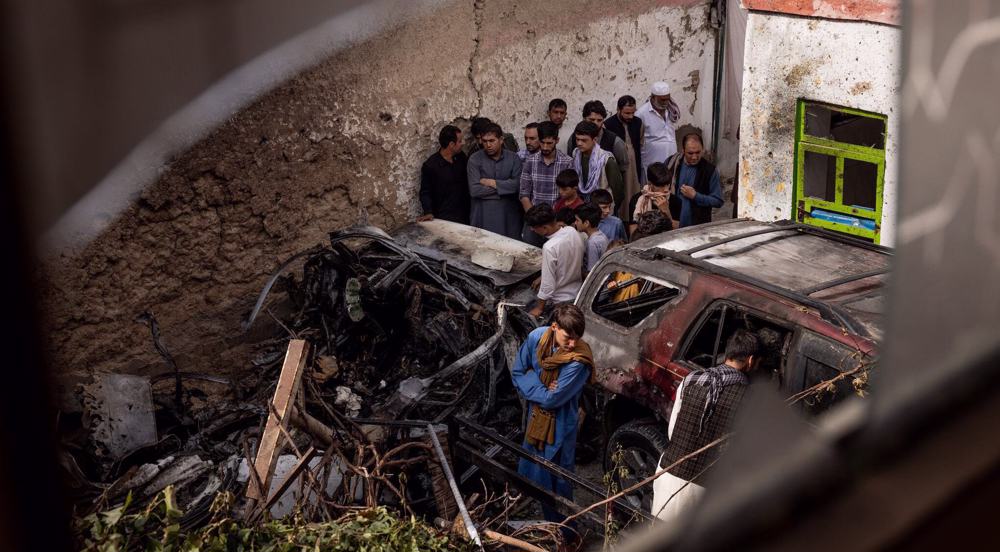
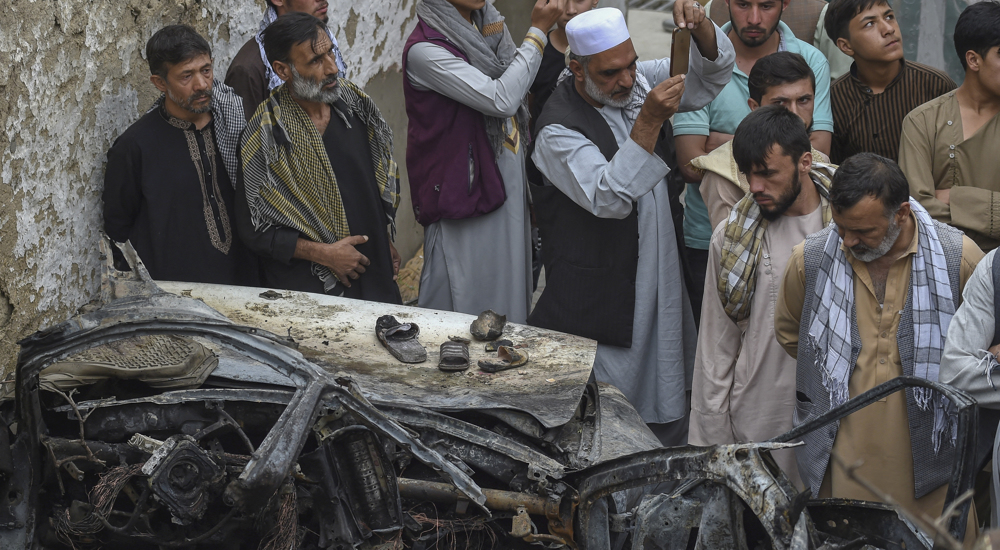
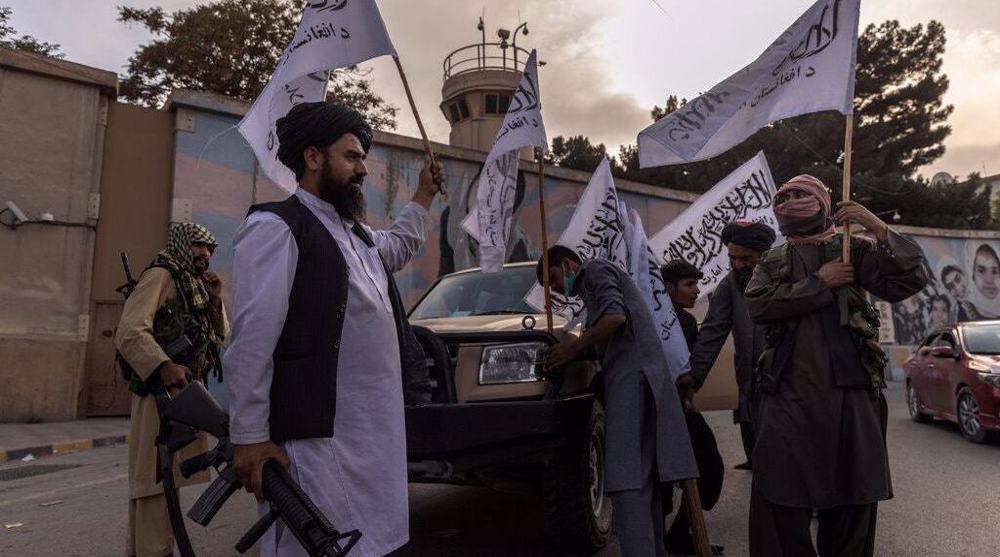


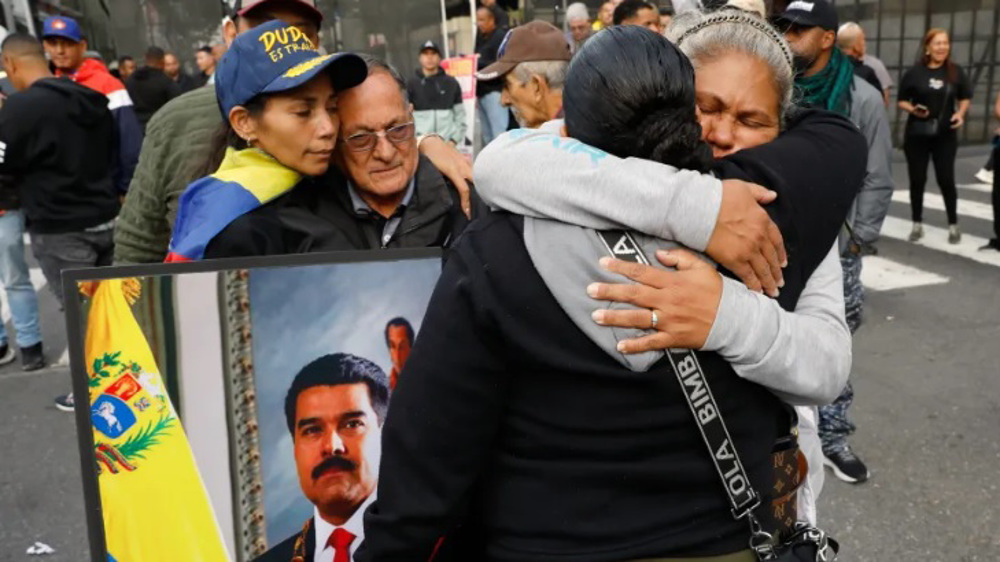



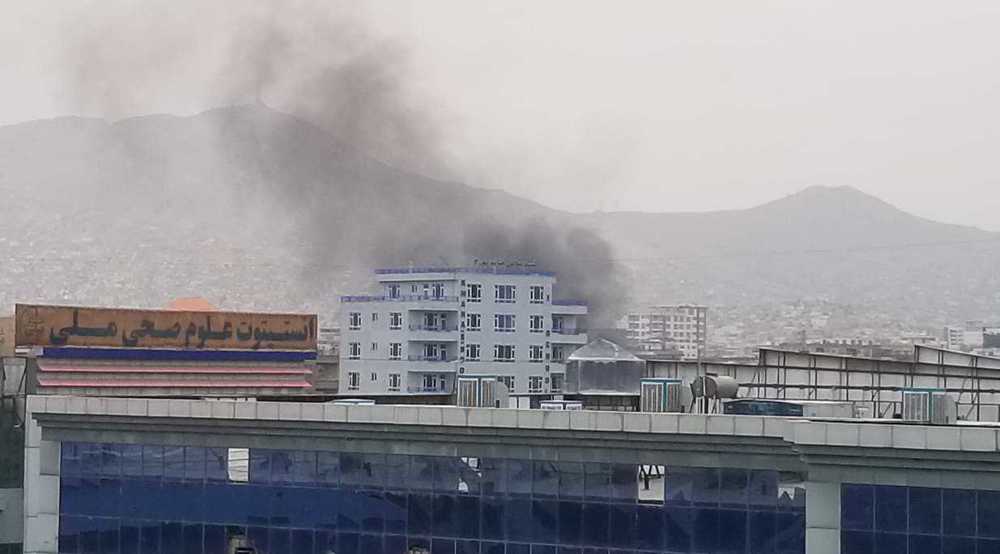
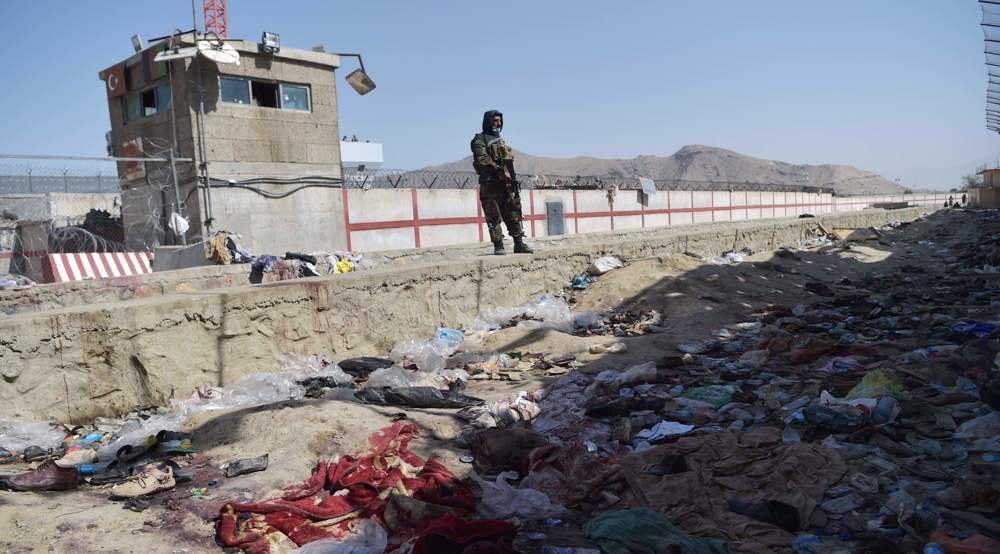
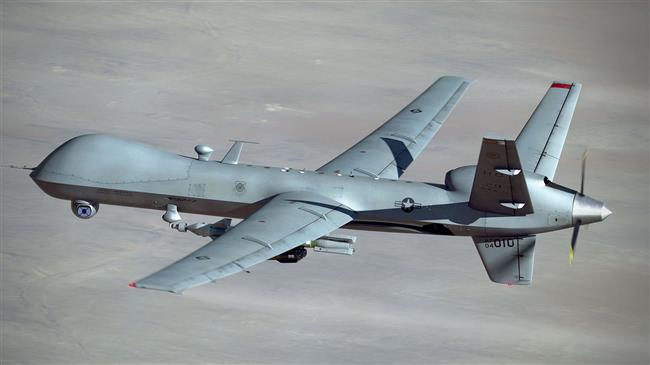
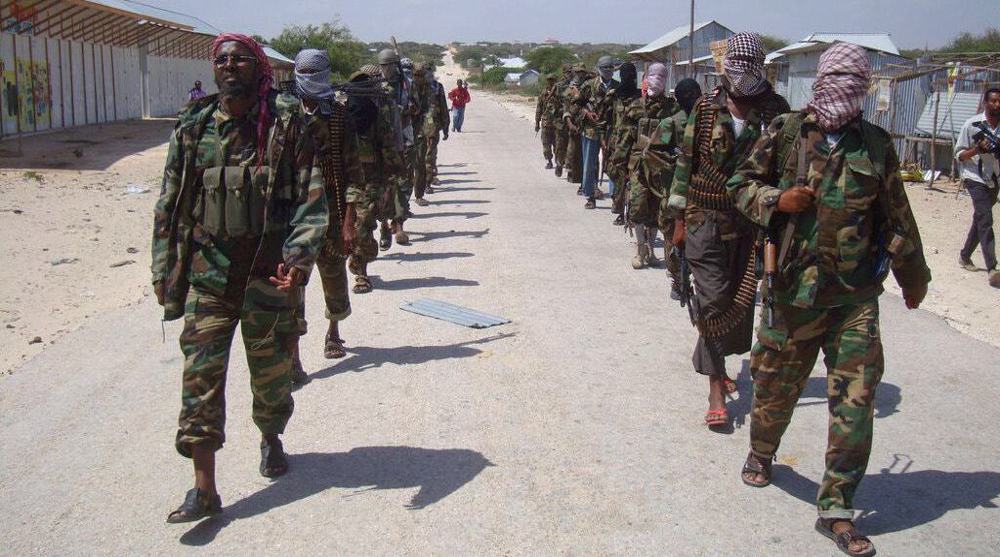

 This makes it easy to access the Press TV website
This makes it easy to access the Press TV website